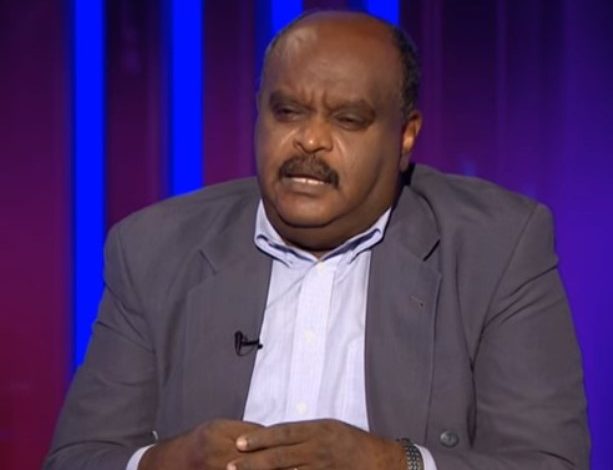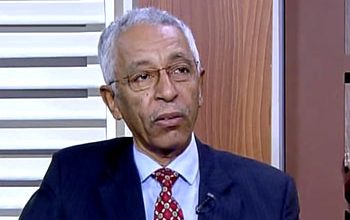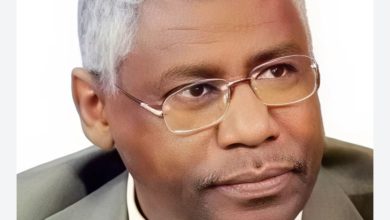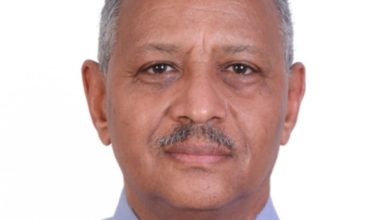Sudan: The Parallel Government and the “Vicious Cycle”

Dr. Al-Shafie Khidr Saeed
Due to recent developments on the Sudanese political scene, we apologize to the “Youth Reading for Change” group for dedicating today’s article to concluding our discussion on their question regarding the concept of the “vicious cycle” in Sudan, how to break it, and how to mitigate its effects. The recent developments we refer to include the movements of certain armed and civil political forces toward signing a founding charter to establish a parallel government to the Port Sudan government.
We would not have introduced these developments into our article on the “vicious cycle” had we not considered them a direct manifestation and outcome of this cycle’s continuation in Sudan, as we will explain further. But first, let us acknowledge that the information we have about these developments is very limited—confined to press statements before and after what became known as the disengagement within the dissolved “Taqadum” organization, between factions supporting and opposing the idea of a parallel government, as well as the Nairobi meeting on February 18, which amounted to mere media spectacle and repetitive speeches about the old Sudan versus the new Sudan and the failure to manage diversity.
As of the writing of this article, no conceptual paper or clear project outlining this step has been published, nor has the founding charter or constitutional document referred to in press statements and speeches by the leaders of this movement. While these leaders have justified the formation of the parallel government as a means to withdraw legitimacy from the Port Sudan government, protect civilians from its forces and militias, provide services to citizens deprived of them outside areas controlled by the Port Sudan government, and to stop the war and maintain national unity, these justifications—despite their noble intentions—will face numerous key and secondary questions. Among these is the fundamental question of how to implement them on the ground. Additionally, an objective discussion suggests that the outcome of this step may, in all likelihood, contradict the noble intentions behind it. That being said, we emphasize the need to avoid oversimplification, hasty judgments, or ready-made templates when analyzing these developments, as well as the necessity of recognizing their potential consequences—not just for Sudan, but for the entire region.
We do not wish to delve deeply into the discussion on the parallel government before reviewing its project details, founding charter, government program, and implementation mechanisms. However, the mere concept itself leads us to several key conclusions:
1. For the Sudanese citizen, stopping the war is the primary objective above all else. Yet, forming a parallel government will not stop the war; rather, it may escalate it, as conflicts between the two governments over sovereignty and influence will intensify, with each side seeking to expand its control at the other’s expense. Even if international or regional forces impose negotiations to halt the fighting, the result will likely be power-sharing without addressing the root causes of Sudan’s wars.
2. Even if a parallel government is formed, civilians in areas controlled by either government will remain the primary victims—whether through war, disease, starvation, or summary trials and acts of retribution.
3. Despite speeches by parallel government advocates on the “New Sudan” and managing diversity, their call for its formation inherently involves ethnic mobilization and tribal agitation. This, in turn, will provoke counter-mobilization, increasing the ethnic and tribal nature of the war. The already rampant racism, hate speech, and identity-based violence will further intensify, prolonging the war or reigniting it even if it temporarily ceases, given the deepening social fabric divisions.
4. The existence of two governments will undermine prospects for justice, especially concerning the horrific crimes and violations committed during the war—against civilians and public and private infrastructure—potentially allowing perpetrators to evade accountability.
5. Sudan’s geostrategic position already poses a risk of its conflicts spilling over into neighboring countries, many of which suffer from fragile infrastructure, security tensions, and instability. The presence of two governments in Sudan will exacerbate polarization among these nations, aligning some with one government and others with the opposing faction, with their eyes on Sudan’s resources. This will further escalate regional tensions and could even extend to global powers whose strategic interests in Sudan and the region—ranging from water, land, food security, minerals, trade routes, military bases, and Red Sea security—may come into conflict, potentially fueling new crises.
6. The December 2018 Revolution is unlikely to find a place within the parallel government’s project, just as it lacks a place in the Port Sudan government. One of the main objectives of the April 15, 2023, war was to extinguish this revolution before it could fully materialize. However, the youth who ignited the revolution remain present across both government-controlled areas, resisting the war and searching for ways to end it. They continue to mend their dreams of a democratic Sudan and will not allow their sacrifices to be in vain.
These conclusions, among many others, suggest that the idea of a parallel government will struggle to escape the grip of the “vicious cycle.” We will continue discussing this issue in future articles.
Al-Quds Al-Arabi – London



